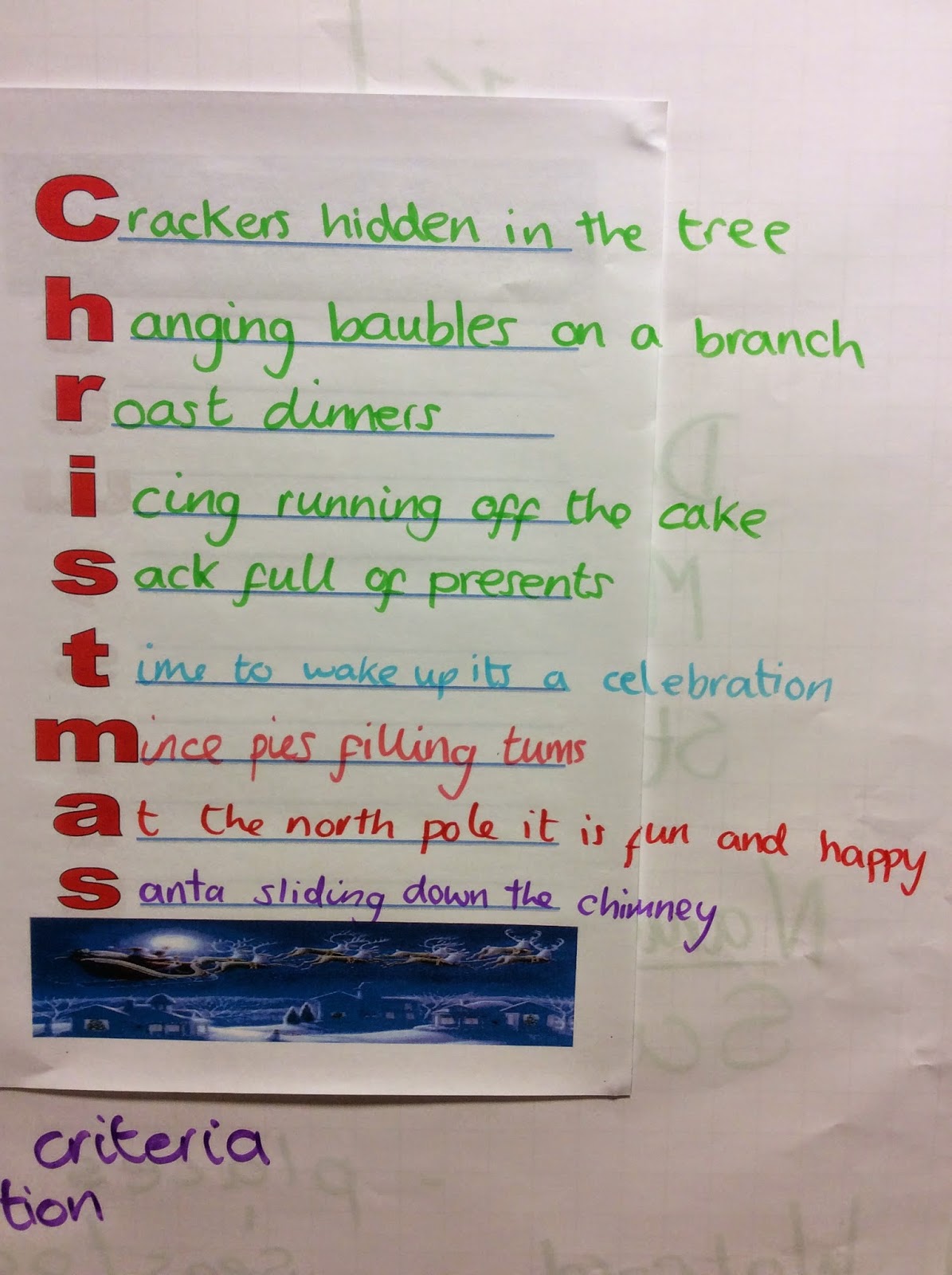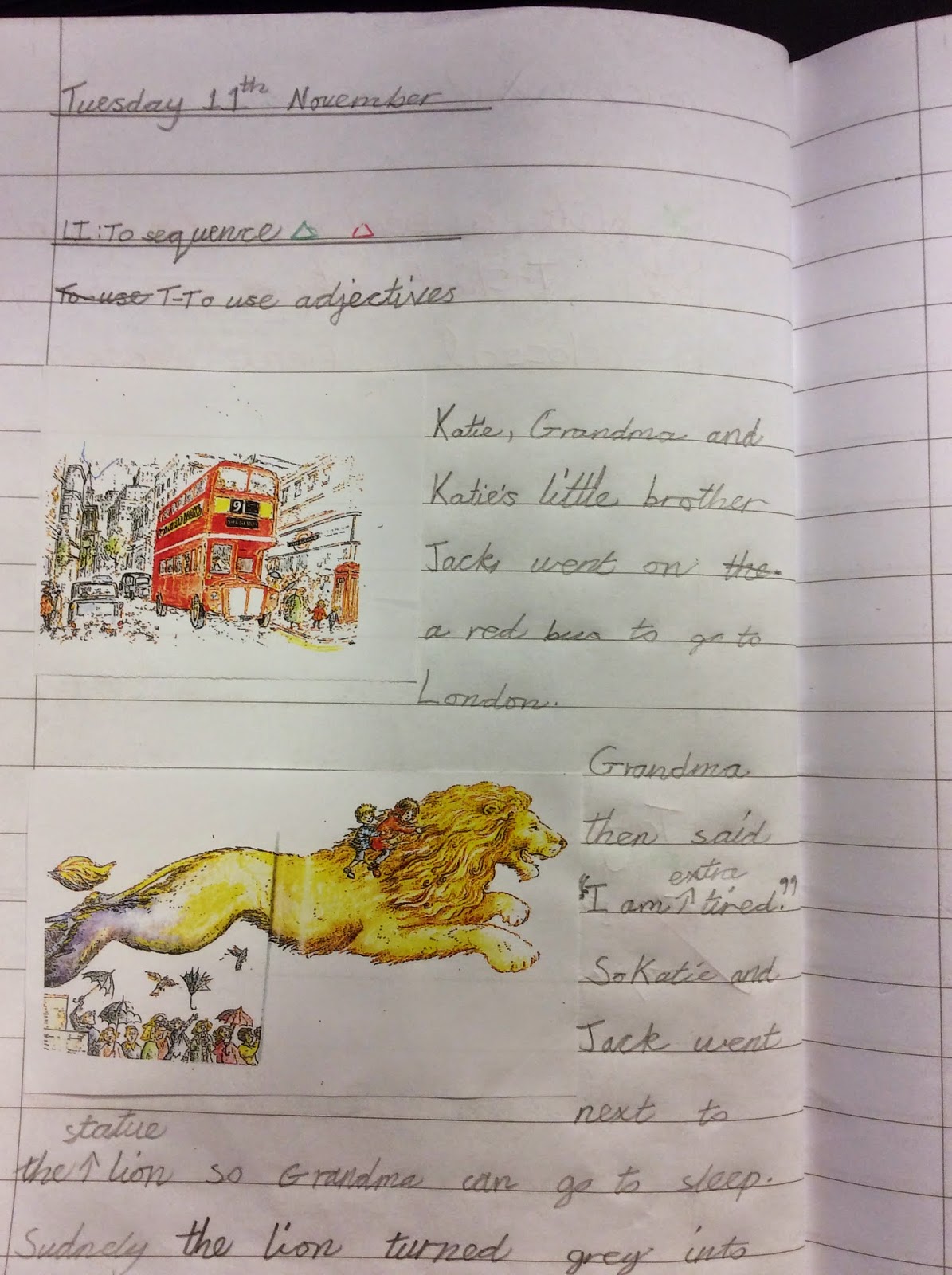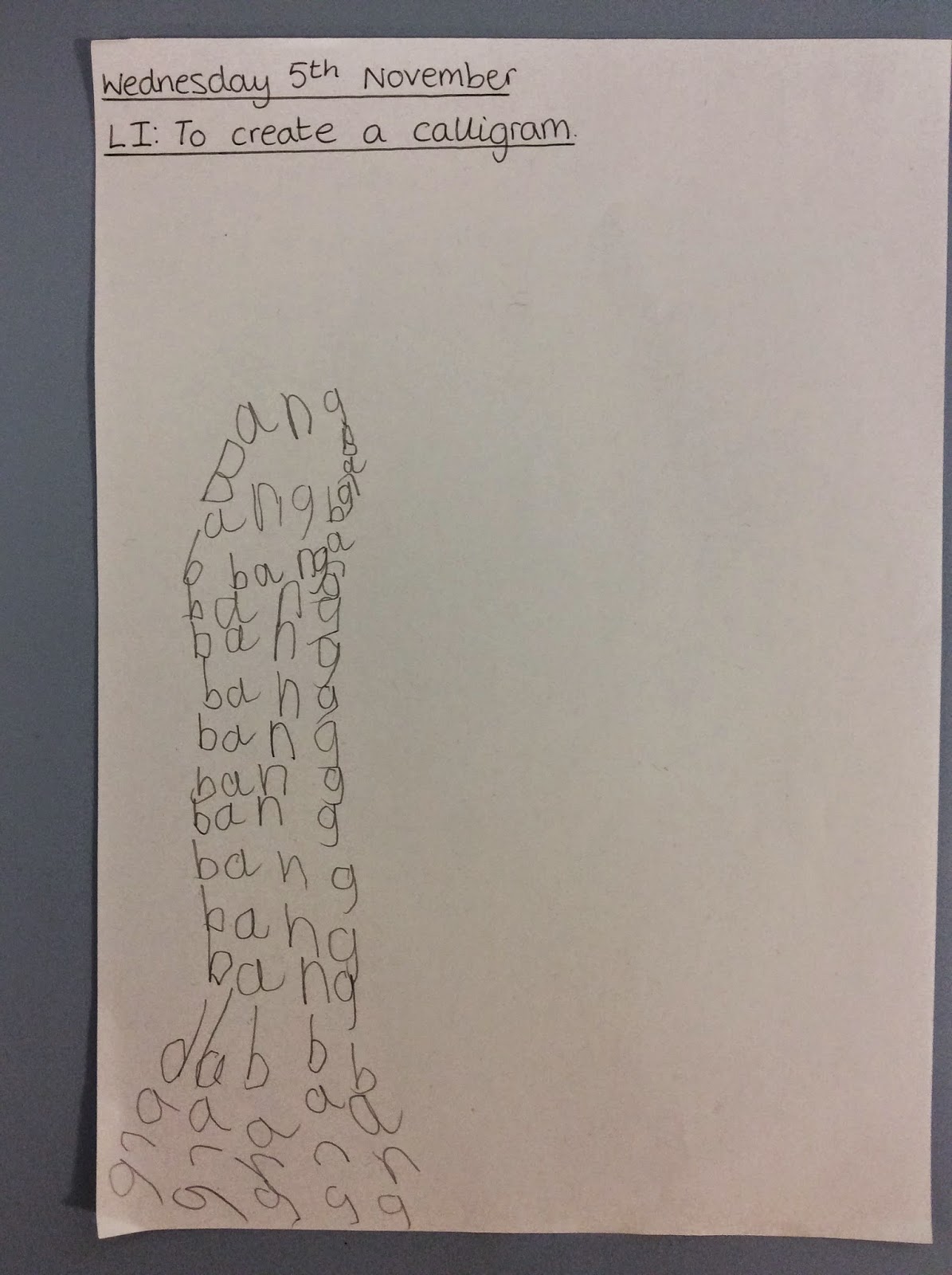We have been getting into the Christmas spirit this week. On Monday we watched The Snowman and mapped out the 5 main parts of the narrative (opening, build up, problem, resolution and ending). We then working in small groups to retell the narrative using puppets.
Children in 1A acting out the story
On Thursday we pretended to be the little boy from The Snowman. We imagined how we would feel if we were flying to the North Pole with a magical Snowman. We wrote our ideas in the form of a diary.
Success Criteria:
- Openers
- Connectives (and, because)
- Time connectives (first, next, then, finally)
- First person (I.....)
- Punctuation (caps, . ! ? )
- Ambitious vocabulary
Iria 1M
We used alliteration to write a Christmas wish list:
Careis 1D
We used our list to write a letter to Santa.
Careis 1D
What features can identify in the two text types? Year 2
This week we have been writing about Christmas! We wanted to write some poetry to share our ambitious vocabulary so we mind mapped some of the poetic forms that we have looked at this year and decided which one would best suit our Christmas poem. We chose...*drum roll*... an acrostic poem.
Ethan 2S
2D
We wish you all a Merry Christmas and Happy New Year!
See you in January.


















.JPG)

.JPG)
.JPG)




























